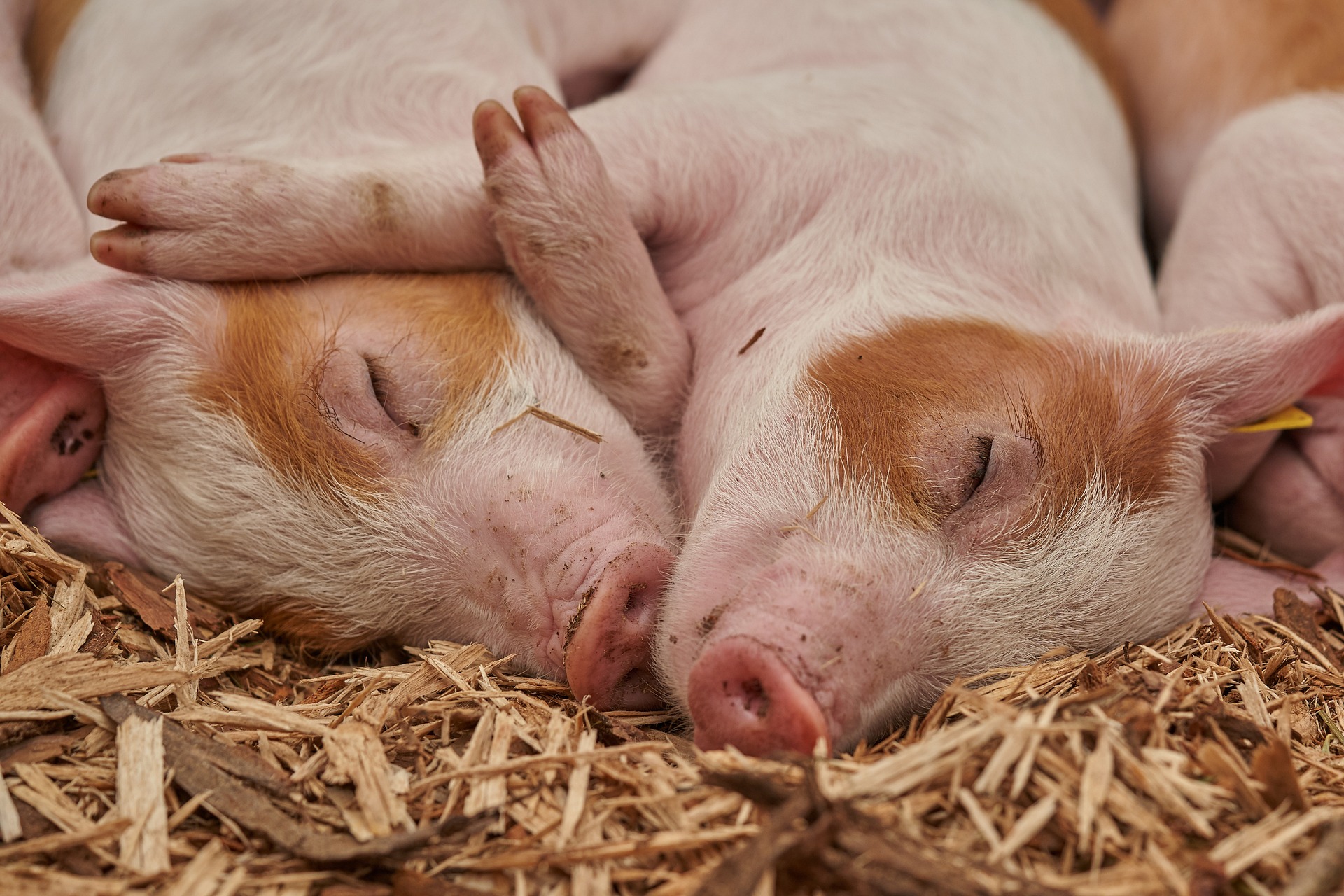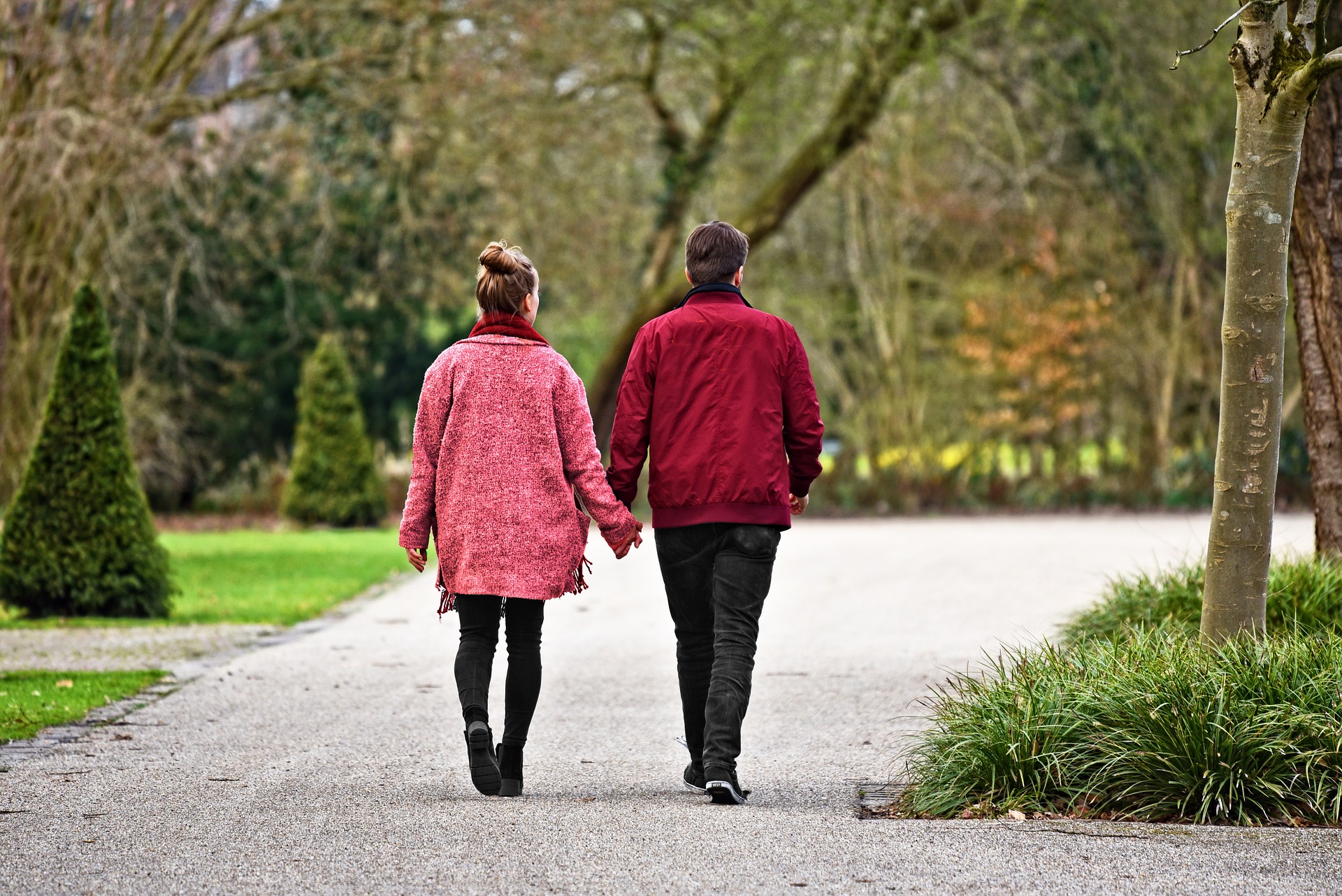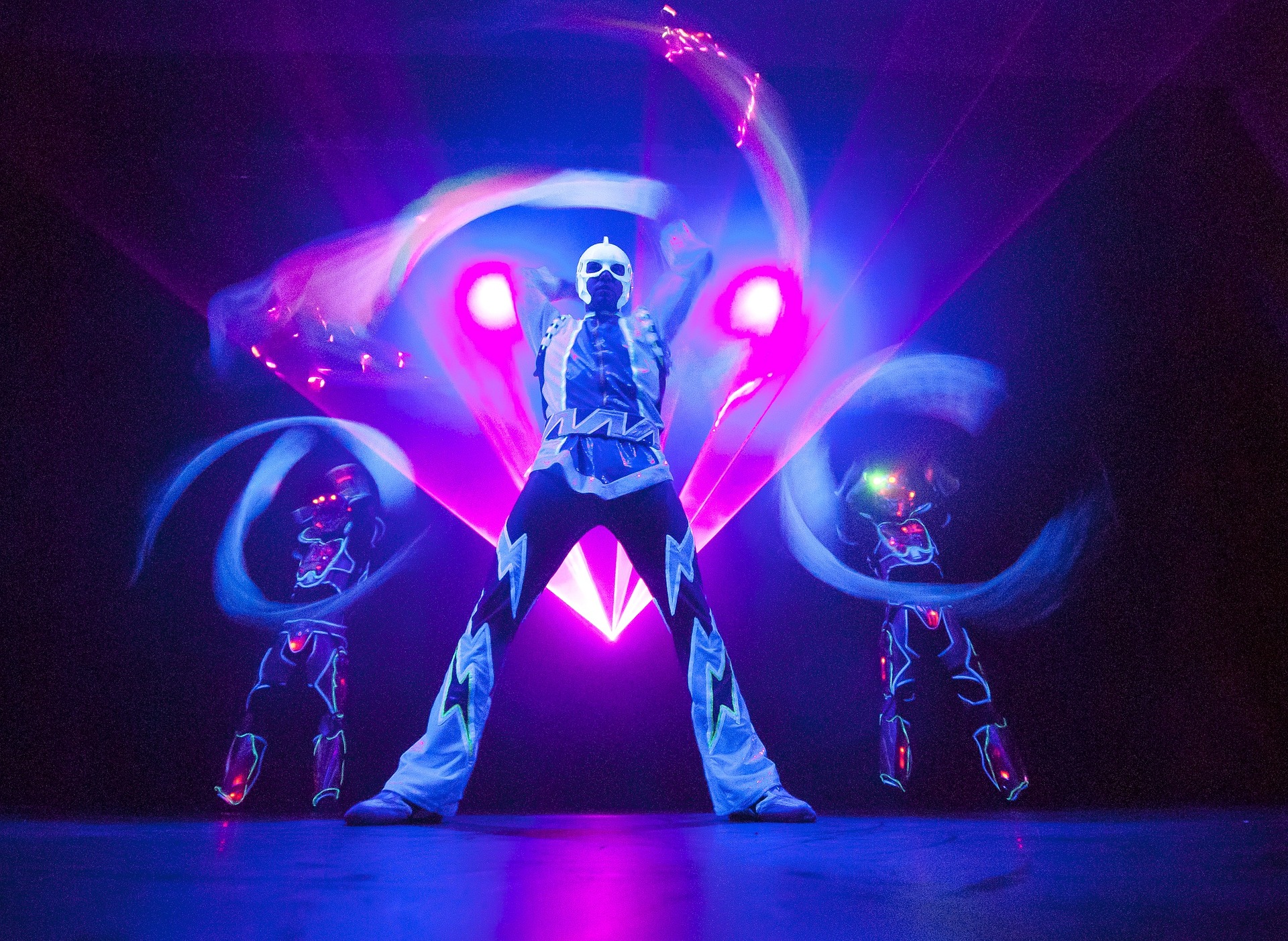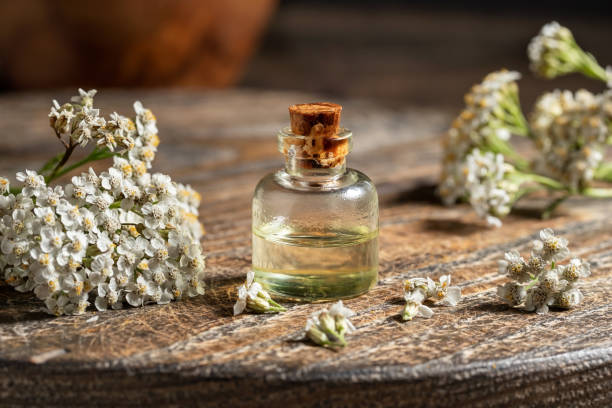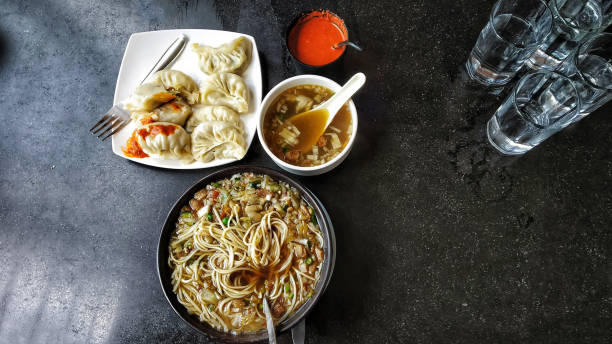Revitalizing Your Home with Color Psychology: An Insight into the Power of Color in Interior Design
Within the universe of home design, a world of possibilities awaits. One of the most fascinating areas is color psychology, the study of how color influences our behavior and mood. Although it has been widely explored in areas such as marketing and branding, in recent years, it has gained substantial interest in the field of interior design. This article will dive into the historical context, current trends, and practical benefits of implementing color psychology in the design of our homes.
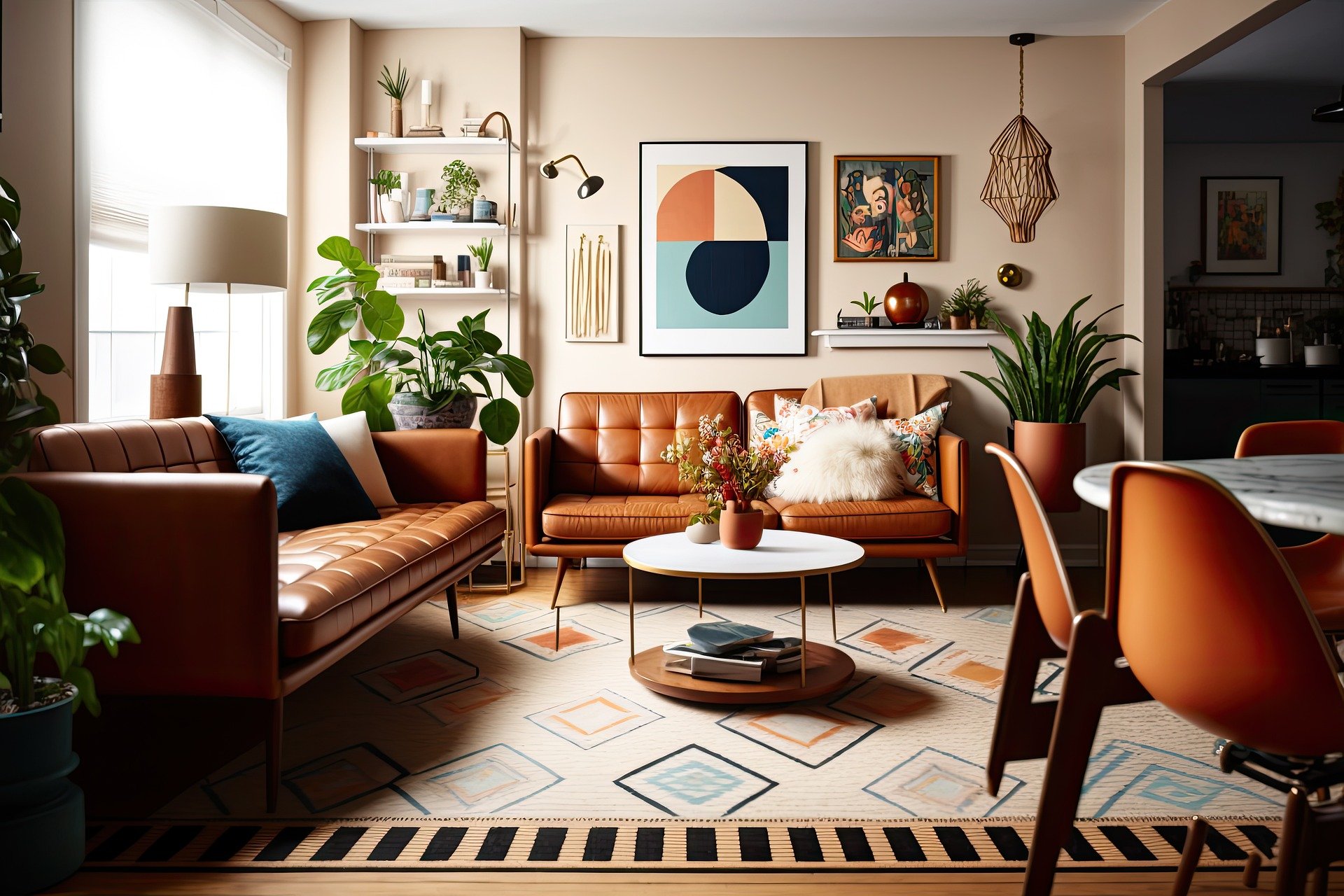
The Roots of Color Psychology
Color psychology dates back to ancient civilizations, where Egyptians and Chinese used colors for healing purposes. In the 19th century, German poet Johann Wolfgang Von Goethe explored how colors affected emotions in his book “Theory of Colors.” Fast forward to the 20th century, Swiss psychiatrist Carl Jung furthered this knowledge by using colors in psychotherapy. Over the years, the use of color psychology has expanded into various fields, including interior design.
The Current Palette: Modern Trends in Color Psychology
Nowadays, color psychology plays a pivotal role in interior design. The current trend is leaning towards personalization, with experts suggesting colors that reflect individual personalities and lifestyles. The Pantone Color Institute, a global authority on color, annually releases a ‘Color of the Year’ that influences design industries worldwide. For example, the 2020 color, Classic Blue, was chosen for its calming and reliable qualities, reflecting the global desire for stability amidst a turbulent era.
Practicality and Market Trends: The Benefits of Color in Everyday Living
Implementing color psychology in home design is not only trendy but also practical. A study by the University of Sussex found that people working in colorful environments are more alert, confident, and friendly compared to those in drab spaces. Similarly, a survey by Travelodge revealed that people sleeping in blue rooms get the best night’s rest. These findings highlight how the right color choices can enhance our daily living.
Color Psychology: Enhancing the Quality of Life
Color psychology is more than just an aesthetic choice; it’s about creating spaces that enhance our well-being. For instance, using green, which symbolizes nature, can create a calming and refreshing atmosphere. On the contrary, red, a color associated with energy and passion, may be used to invigorate a living room or dining area. Understanding the emotional and psychological effects of color can help us create a home that not only looks good but feels good too.
A New Hue: The Future of Color Psychology in Home Design
The future of color psychology in home design looks promising. With an increasing focus on mental health and well-being, the role of color in creating therapeutic spaces is likely to be further explored. As more research unfolds, we can expect to see color psychology being incorporated more thoughtfully and innovatively in our homes.
In conclusion, color psychology offers an exciting avenue to explore in home design. It provides a unique blend of aesthetics and functionality, allowing us to create homes that are not only visually appealing but also emotionally nurturing. As we continue to understand the impact of color on our psyche, we can look forward to a more colorful future in home design.

